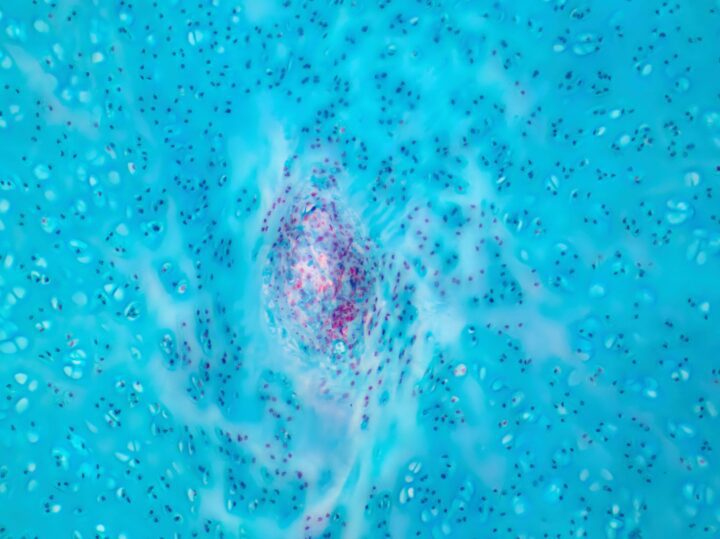Industrial Lung by Saipem is a non-toxic carbon capture process that uses a synthetic form of the enzyme carbonic anhydrase.
Benefits
- Reduced CO2 emissions
- Low energy consumption
Applications
- Industrial manufacturing
- Energy production
UN Sustainable Development Goals Addressed
-

Goal 7: Affordable & Clean Energy
-

Goal 11: Sustainable Cities & Communities
The Challenge
Greenhouse gases are at the highest levels ever recorded. These gases absorb solar energy and keep heat close to the Earth, a phenomenon known as the greenhouse effect. Carbon dioxide is the primary greenhouse gas and is emitted from burning materials like fossil fuels.
Innovation Details
Industrial Lung is a carbon capture solution that uses a carbonic anhydrase enzyme to dramatically accelerate CO2 capture. Unlike conventional carbon-capture technologies, the process neither requires nor produces toxic products. It is a carbon-capture solution that is clean, stable, has extremely fast absorption kinetics and low energy consumption, and poses no danger to human health or the environment. The technology allows post-combustion emissions to be captured directly from industrial sources like chimneys. The CO2 is then extracted for purification in order to be reused or converted. It is adaptable to all types of gaseous effluents and helps companies reduce their environmental footprint.
Biological Model
Carbon dioxide is used in the body in different ways. The majority of it (70%) is converted to carbonic acid to be carried to the lungs and breathed out. An enzyme present in red blood cells, carbonic anhydrase, helps convert carbon dioxide to carbonic acid and bicarbonate ions. Carbonic anhydrases are found in mammalian tissues, plants, algae and bacteria. When red blood cells reach the lungs, the same enzyme helps to convert the bicarbonate ions back to carbon dioxide, which we breathe out. Although these reactions can occur even without carbonic anhydrase, its presence can increase the rate of these conversions up to a million fold.





